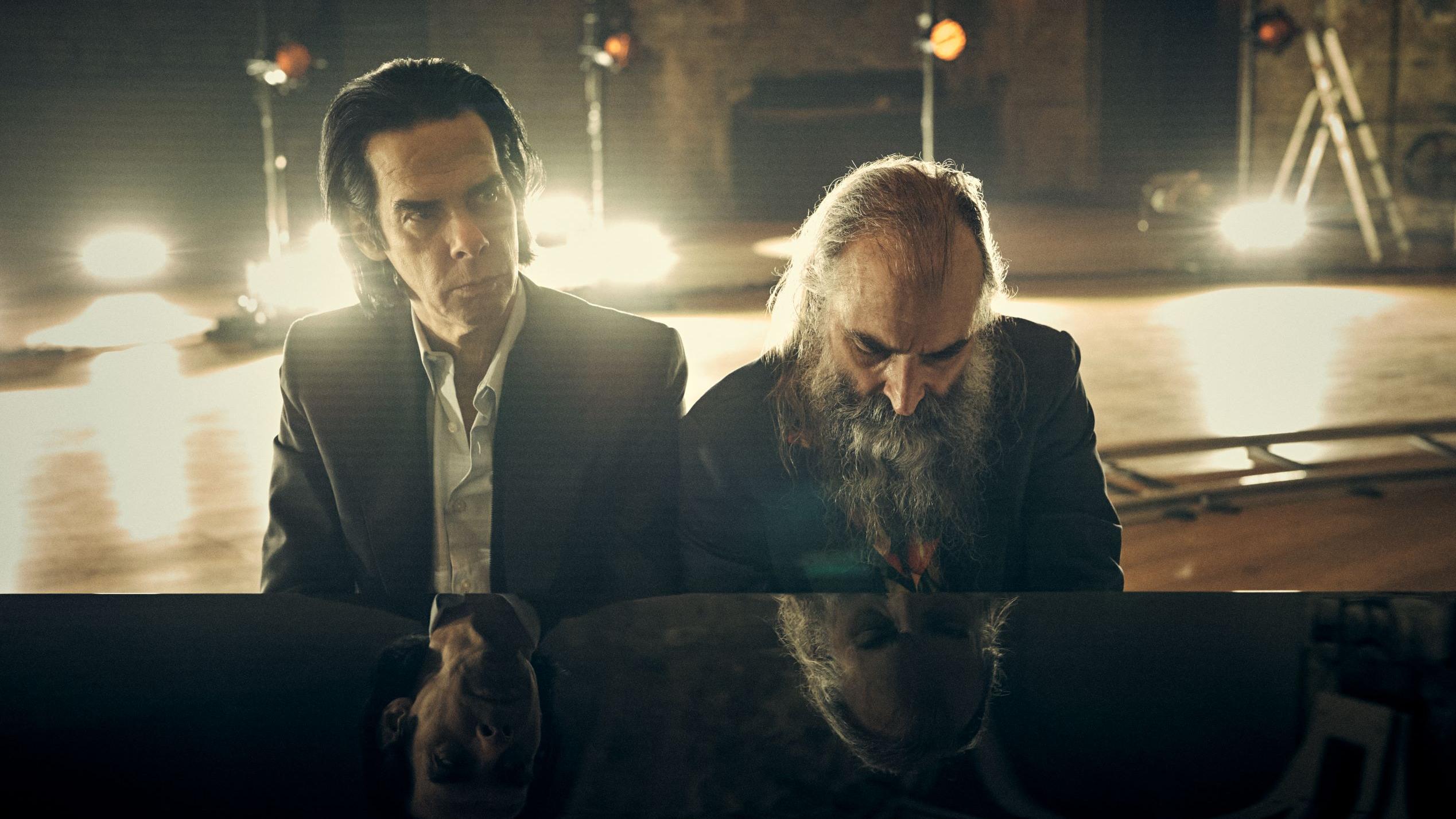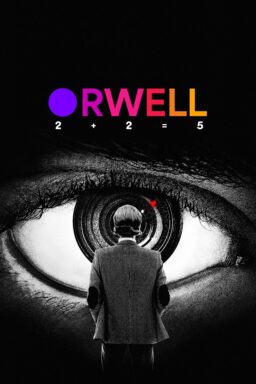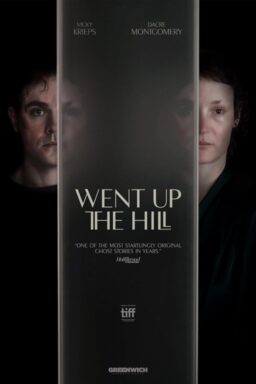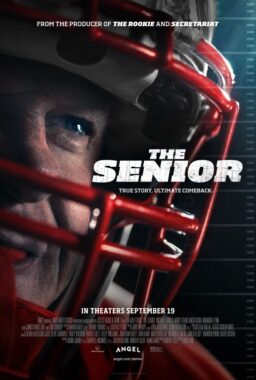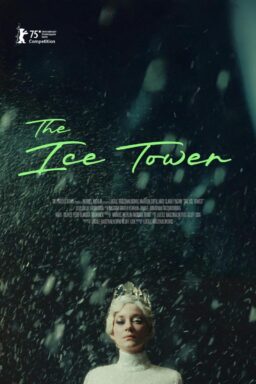South by Southwest is seen by many as a music event as much as a film one. Austin, Texas has long been a hot spot for emerging talent and a home for renowned veterans. And so it makes sense that the music side of the annual festival has an impact on the cinematic one. It’s a festival that often has a more interesting slate of music-centered documentaries than any other, even breaking them out into a section called 24 Beats Per Second. Films in that part of the program this year included profiles of DIO and King Crimson that I had to miss. The trio of music flicks I could fit into my schedule this year all had their own different energy, although the two best ones, also the two best films I saw at the entire fest, both transcended the fan base of their subjects to become studies of the power of expression.
That’s certainly how I feel about Andrew Dominik’s stunning “This Much I Know to Be True,” his second film about the life and work of Nick Cave after the moving “One More Time with Feeling” in 2016. The director of “The Assassination of Jesse James by the Coward Robert Ford” and “Killing Them Softly” doesn’t just film performances by Nick Cave and Warren Ellis in this excellent movie—he almost turns the entire affair into a religious service. After all, he opens the film with a long segment in which Cave shows off pottery with religious themes and intercuts a few of the songs with Cave speaking about his work with The Red Hand Files, a way that the singer/songwriter can communicate directly with his often-emotional fans. These interludes frame Cave and Ellis as more than just performers—they’re tapping into something eternal, pure and true.
Filmed over five days at Battersea Arts Centre, “This Much I Know to Be True” sees Cave and Ellis preparing for a 2021 UK tour and performing songs from the amazing Ghosteen and Carnage for the first time. Dominik places the pair in a large room that really allows Cave’s incredible voice to echo and then sends cameras around it on tracks, flowing in and out of their expressive faces with the music. Lights illuminate background singers or musicians only as needed, and the experience becomes remarkably intimate and incredibly moving. He might not agree, but I feel like every song that Nick Cave has written since the death of his son in 2015 has at least partially been influenced by that life-changing event. There’s such vulnerability in his recent work that has revealed new depths to one of the best songwriters of his generation.
The description for “This Much I Know to Be True” includes the phrase, “as they nurture each song into existence,” which I love. There’s a sense of care in both the musicianship and filmmaking here—the feeling that this is way more than just a rehearsal. It’s an emotional, powerful experience that I can’t wait to see again.

Process is also a key part of the excellent “The Return of Tanya Tucker,” directed by Kathlyn Horan. The filmmaker captures the production of Tucker’s 2019 comeback While I’m Livin’, produced and co-written by Scooter Jennings and the stunningly talented Brandi Carlile, who makes several references to what Rick Rubin did for Johnny Cash with the American Recordings releases. Carlile, herself an increasingly remarkable songwriter, wants to do the same for one of her icons, Tanya Tucker, who hadn’t recorded new material in 17 years when she was approached to do this one by what was basically a total stranger. Horan sometimes feels like she’s bitten off a bit too much here, weaving in some bio-doc elements to fill in the background of Tucker, and following the album all the way from the first meeting between Carlile & Tucker to its Grammy-winning success. I personally could have just watched the recording and been satisfied because everything that really matters here—legacy, collaboration, creativity, reclamation—is right there in Tucker’s quavering voice and Carlile’s supportive gaze.
What comes through most of all in Horan’s empathetic filmmaking and Carlile’s constant reassurances is an honest love for Tucker. The worst-case scenario here would be for this comeback to derail, which would mean that the reclamation of the career of an underrated country icon would probably never happen. I found myself emotionally invested in how the album unfolded, worried that something would go wrong. When it appears as if Tucker may not show up for a birthday concert for Loretta Lynn, I was as nervous as watching a thriller. And that’s because Horan and Carlile have made the case by that point that this kind of art and acceptance really matters. We need to honor the people who got us here, and Carlile would be the first to tell you that she’s not who she is today without Tucker.
There’s also a moving throughline in “The Return of Tanya Tucker” about how easy it is to just go away, even for a superstar. Tucker was a household name, but she became more of a recluse after the deaths of her parents, convinced that her best days were behind her. The minute she opens her voice here, I had an overwhelming feeling of how much was lost over the nearly two decades when no one like Carlile was there to give her a melody and a microphone. We all need people to lift us up every now and then. And we could all use a reminder that there are still great days ahead of us.

It’s a very different film about a very different kind of artist but aging also plays a role in “I Get Knocked Down” as well, a film co-directed by Sophie Robinson and Dunstan Bruce, the frontman for a little band you may remember called Chumbawumba. Sometimes derided as a one-hit wonder, Chumbawumba was kind of an anarchist collective, a group of musicians who really wanted to express the same frustration and anger that fueled the punk movement. Technical skill with instruments and songwriting weren’t as important as passion and fighting for change. More than a music bio-doc, “I Get Knocked Down” is really about how anarchists age. How do you keep that fire alive? As Bruce says, “It’s harder to be an angry old man.”
Of course, the film also hits some of the major “bio-doc of a band” beats, including the origin of Chumbawumba, their massive success with “Tubthumping,” and then their relative fall from fame. But it does so largely through conversations between Bruce and his old bandmates and colleagues. At its best, it’s got the casual feel of a reunion, people getting together to talk about who they were then and how that impacts who they are now.
However, it can sometimes get frustratingly overwritten. There are tangents wherein Bruce talks to a man wearing the big fake head from their album cover like he’s talking to a devil on his shoulder, and almost none of that material worked for me. And even some of the conversation scenes have a scripted tenor that the movie really didn’t need. It’s at its best when it’s organically interrogating how punk rock ages in a way that feels vulnerable and true. We all get knocked down. The question is how many times we can get back up again in our lives.

